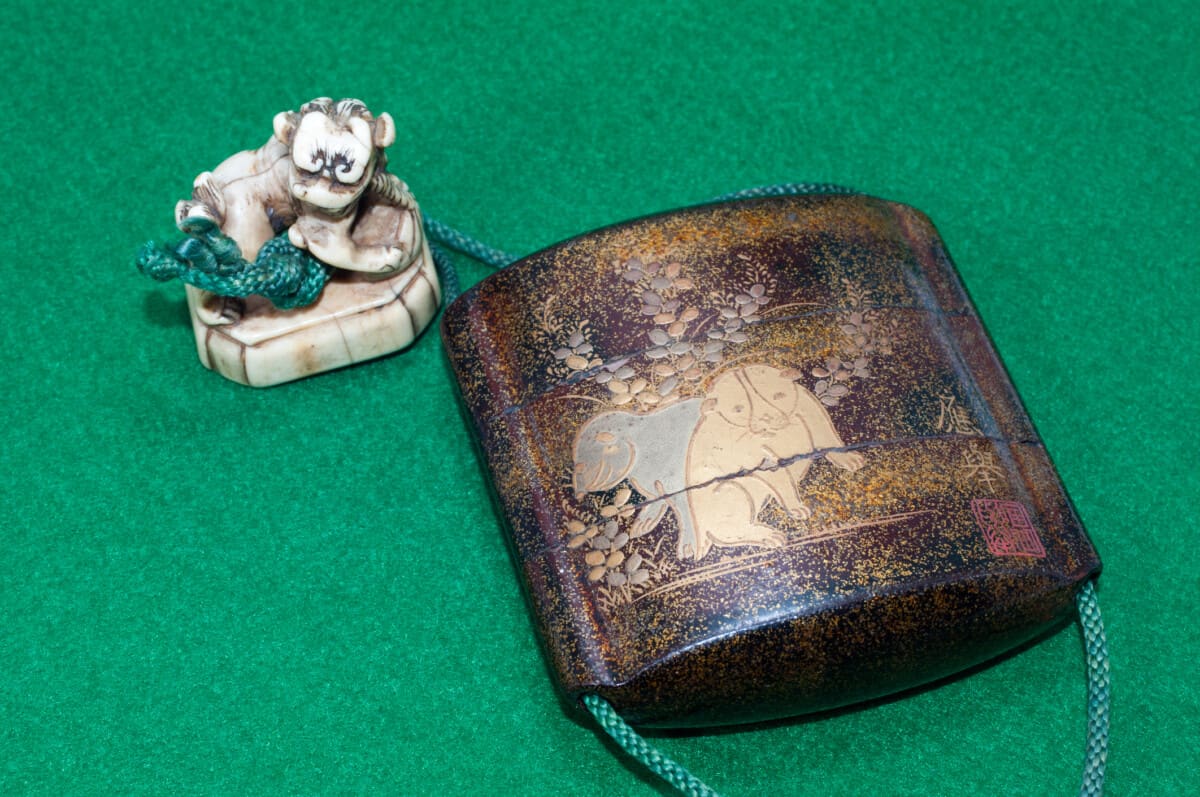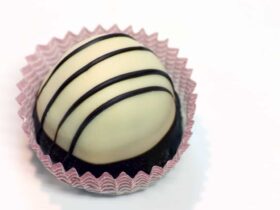Japanese sculptors originally created the netsuke to help solve storage issues in the pocketless kimono. They used this item to join their coin pouches and sash belt to ensure they could carry more as they traveled.
Netsuke is a decorative item made of carved ivory or cow bone that is used to tie a medicine box, pipe, or storage pouch to a Japanese man’s traditional obi (sash). Netsukes were an essential piece of clothing as well as superb works of miniature art during the Tokugawa era.
These beautifully hand-carved figures come in many decorative shapes, including intricate shapes and carved masks.
This popular carved object has been around since the early 17th century. However, after the addition of the pocket, the netsuke significantly lost its popularity. Still, these beautiful hand-crafted trinkets are one of Japan’s most beautifully sculpted objects. They are symbolic of fine craftsmanship, and each has a special meaning of its own.
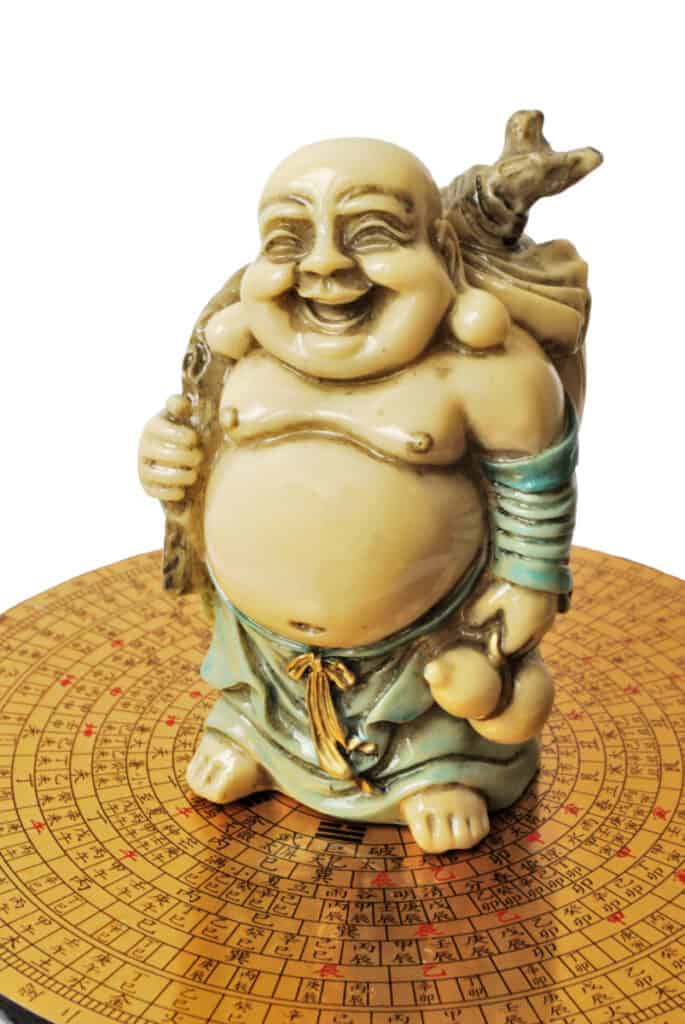
Today, netsuke still has a significant meaning. However, netsuke art pieces are more often used as souvenirs than their original purpose. Collectors buy and sell these valuable art pieces, and interested collectors pay high amounts to have them in their possession.
What is Netsuke?
Japanese sculptors initially created the traditional netsuke art piece to be a part of a Japanese man’s clothing. The netsuke was an anchor connecting to the inro, the main storage compartment for kimono-wearing men.
The main reason netsukes were made was to accommodate for the lack of pockets in kimonos. Inside the inro, men could store small items, like money, tobacco, and medicine.
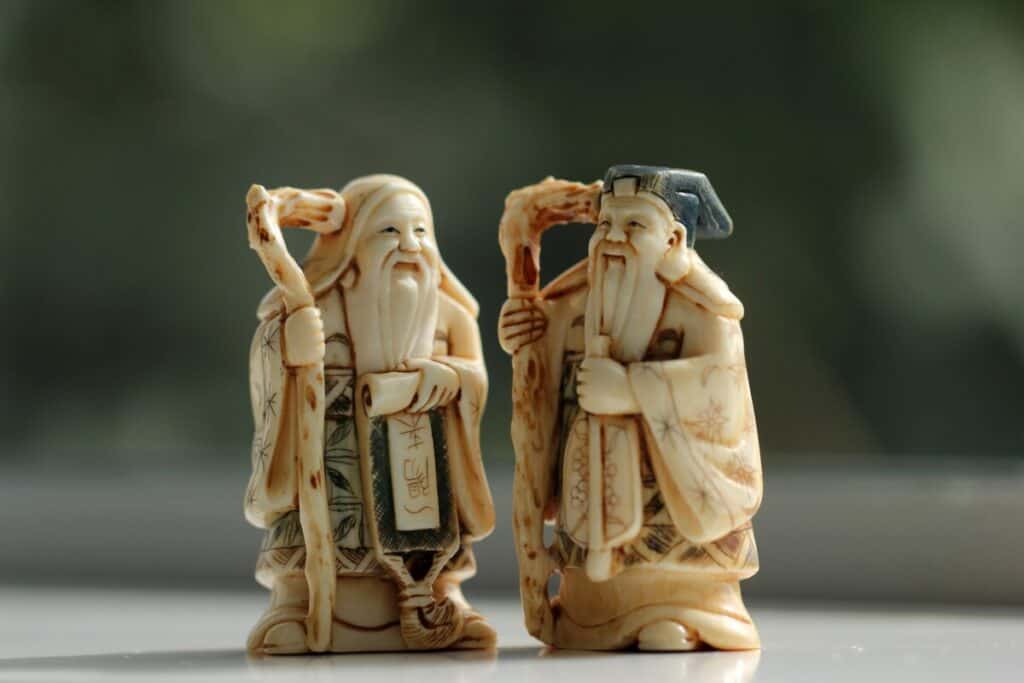
Over the years, the need for netsuke decreased, but many sculptors continue to sell these hand-crafted netsuke as art pieces and souvenirs. Many people love to collect these wonderful art pieces because of their beauty and historical value. Some of the original netsuke pieces have extremely high price tags.
Similarly, the art and intricate designs are interesting to observe for people worldwide. Tourists visiting Japan love to bring home these art pieces because they are intricate and, in some cases, quite collectible.
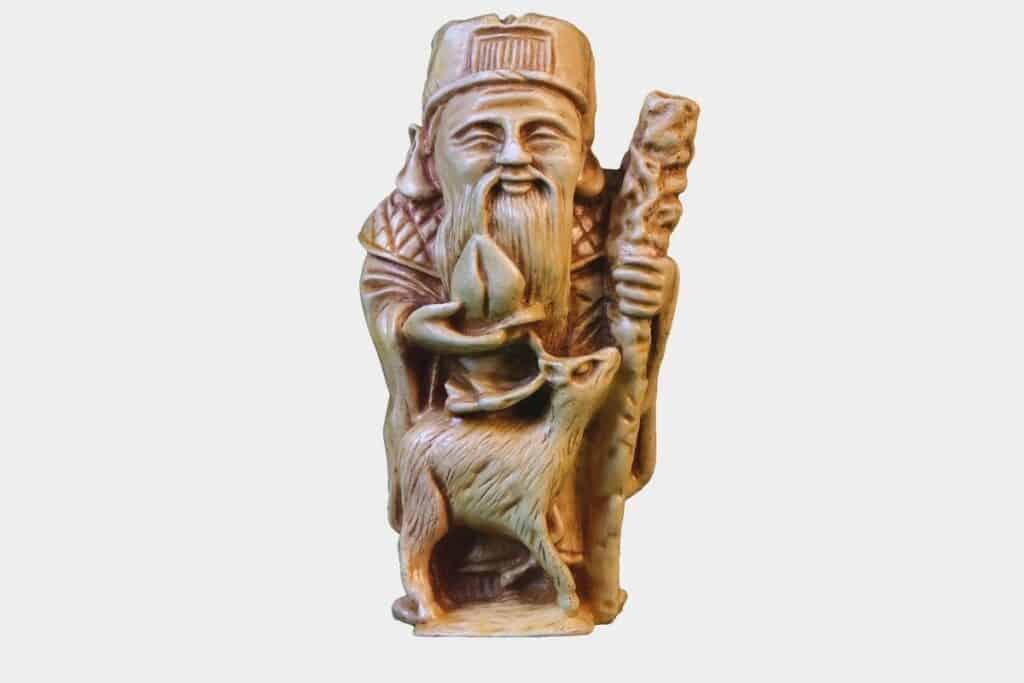
The creator is the ultimate decider when it comes to what material they will use to carve. Still, the most common materials that netsuke is made from include faux ivory, wood, and antlers. These ingredients are easy to acquire and simple to carve. Many other sources exist for carving netsuke too.
History of the netsuke
One Japanese sculptor created the first netsuke in the 17th century to accommodate the kimono’s lack of pockets. The lack of pockets and storage was problematic for men who would travel long distances.
The coin pouch and netsuke worked together with a basic cord as a tether system to connect at the waistband.
Tying their belongings to their waist belt prevented men from exerting extra effort carrying their belongings. It allowed them to carry more, and some believe that their free hands could have enhanced these Japanese mens’ ability to use weapons if necessary.
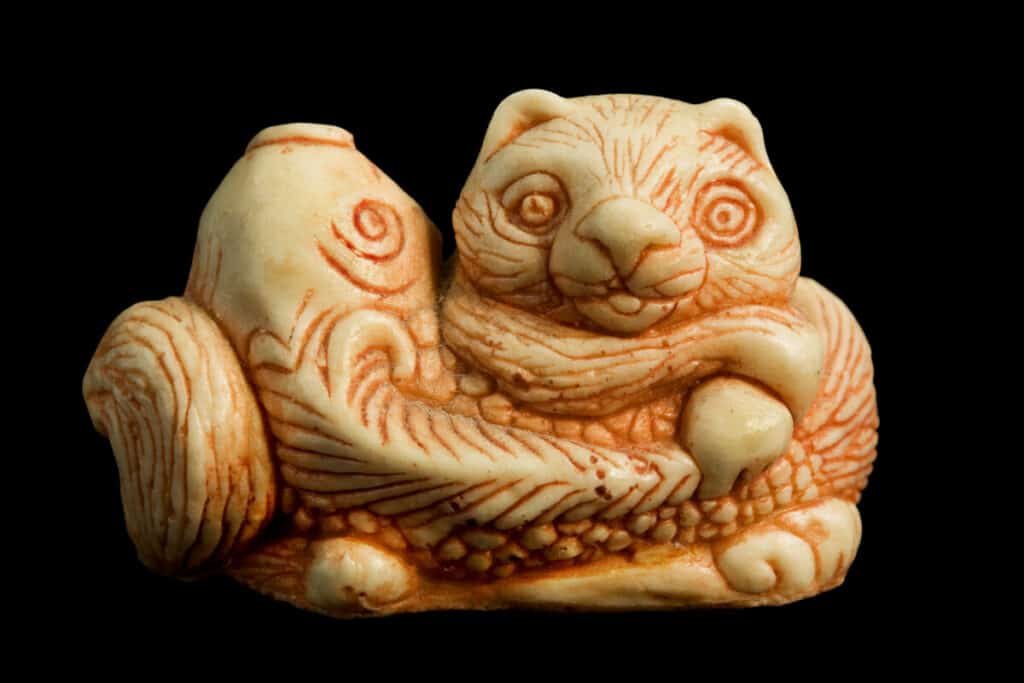
After the 17th century, the netsuke remained with the inro as the main storage source until after the Meiji Restoration.
Post-Meiji-Restoration, the Japanese government sought to modernize the Japanese lifestyle. This modernization included clothes wear. The kimono was ‘discontinued,’ and more modern clothes were replaced, which included pockets.
Since these clothes had pockets, a decline in the need for netsuke began to follow. The demand for netsuke happened over a short period of time.
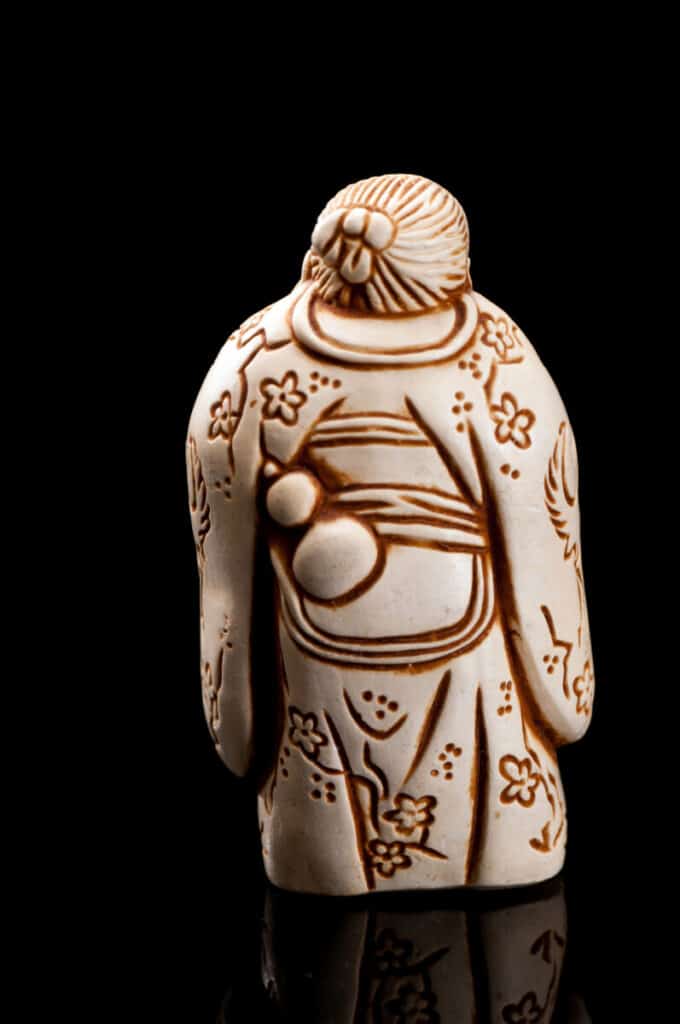
As the dependency for the netsuke decreased, so did the number of people crafting them. Crafters stayed within only a few areas in Japan, with everyone else retiring the craft. Some of the few remaining areas that continue this craft include Kyoto, Osaka, and Edo (modern-day Tokyo).
The netsuke is now a popular Japanese souvenir. People commonly collect these eye-catching art pieces to observe them.
Netsuke Shop In Shinjuku Tokyo
What are the different types of Netsuke?
There are several types of netsuke. Each of them is different based on meaning and function. Every netsuke has a different subject, which is the basis of its meaning. Subjects can include things such as a cow, a bird, or even a flower.
These subjects are typically easy to identify because of how directly they are carved in the material.
Katabori-netsuke
The katabori-netsuke is the most common type of netsuke. It is a three-dimensional netsuke, carved to resemble a familiar figure such as a person, animal, or object. These netsukes feel familiar because of their great relatability.
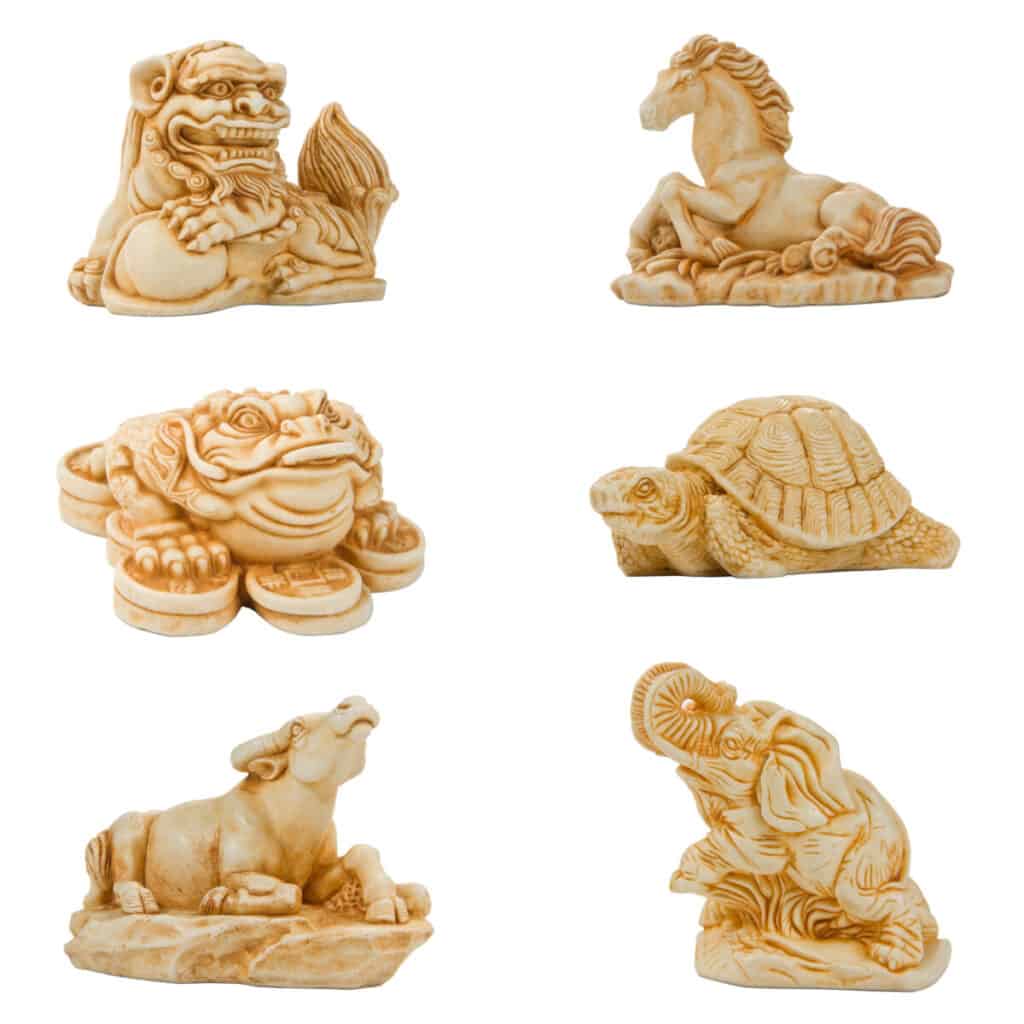
Anabori-netsuke
Also known as the hollowed netsuke, the anabori netsuke revolves around the clam. Anabori netsuke is known for its hollowed-out centers and strong representation of the clam.
Sashi-netsuke
A long and flat netsuke with a short cord, the Sashi netsuke has a tight hold on the inro. The sashi is considered a larger version of the katabori, at roughly six inches long.
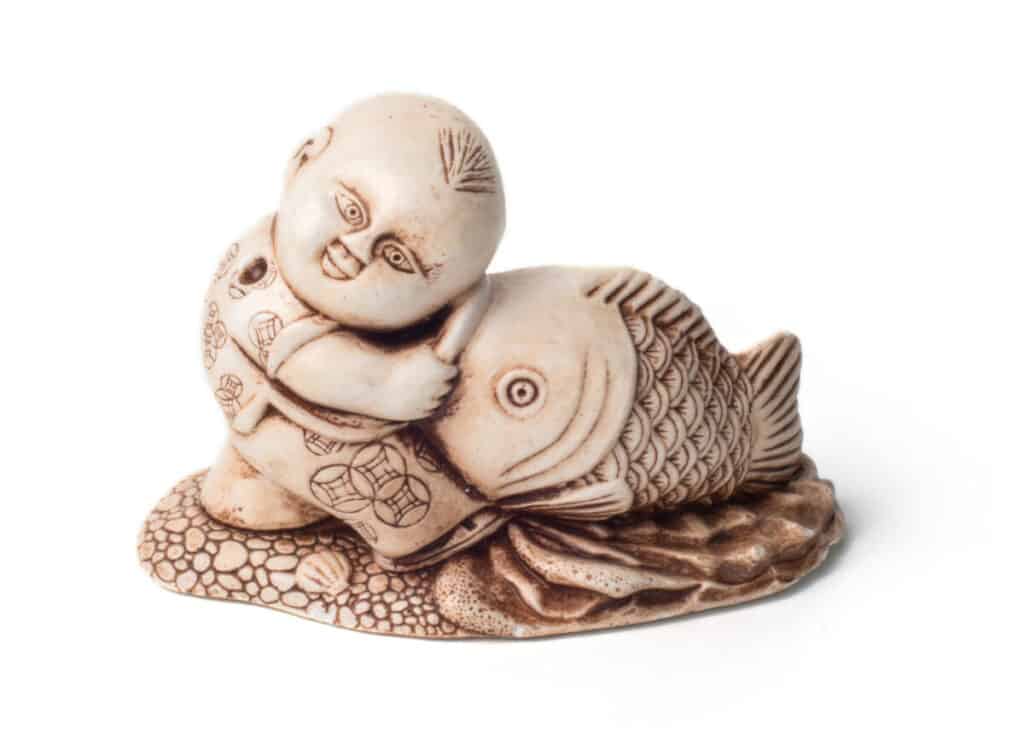
Obi-hasami
The obi-hasami is an antler netsuke that has been carved along its entire length. It has a curved top and a curved bottom, with an intricate design from top to bottom. The obi-hasami is one of the least common netsukes for a few reasons.
The main reason that obi-hasami is unpopular is that people are unfamiliar with this type of netsuke. Another reason is that people also consider any antler use inhumane.
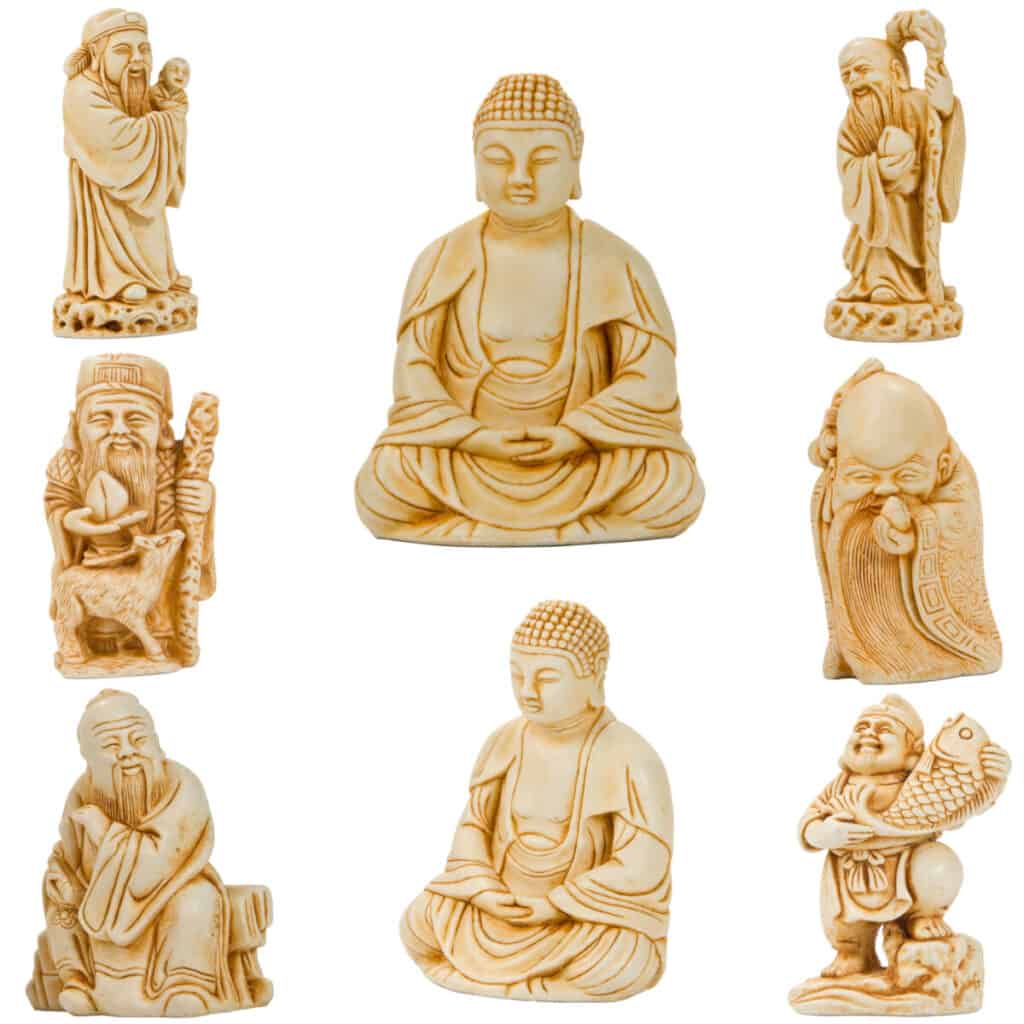
Men-netsuke
Also known as the “mask netsuke,” these netsukes are miniature figures of lifesize performance masks. The type of mask varies based on the sculptor’s idea.
The most common type of Men netsuke closely resembles the full-sized noh mask. The details of these masks will vary based on the portrayed age in the Noh mask, making them more desirable to the buyer.
The men-netsuke share several characteristics with katabori and manjū/kagamibuta.
Manjū-netsuke
Manjū-netsuke is a round and flat netsuke that is shaped similarly to the Japanese confection, manjū. The Manjū-netsuke has a strong appearance, with varying carvings.
Technically, no two Manjū-netsuke are the same, given their designs are hand-carved and one of a kind.
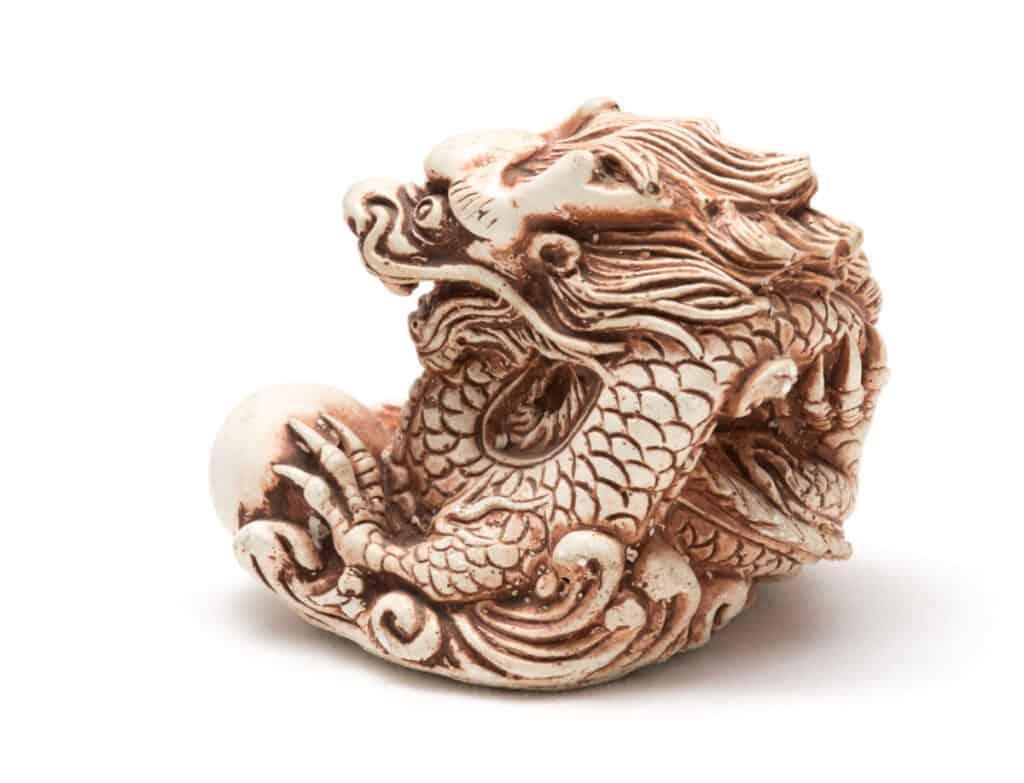
Ryūsa-netsuke
The ryūsa-netsuke is a rendition of the manjū netsuke carved deeply enough to create negative space. The sculptor carves ivory, antlers, or wood into intricate designs with empty spaces between to make the netsuke lighter and see-through. These empty spaces look similar to lace or spiderwebs.
Kagamibuta-netsuke
This netsuke is very similar to the Manjū-netsuke. However, in addition to the flat coin design, kagamibuta netsukes also have a metal lid. The metal lid secures in place, and sometimes, sculptors may also place mirrors under the lid.
Most sculptors make their kagamibuta netsukes from faux ivory or cow bone.
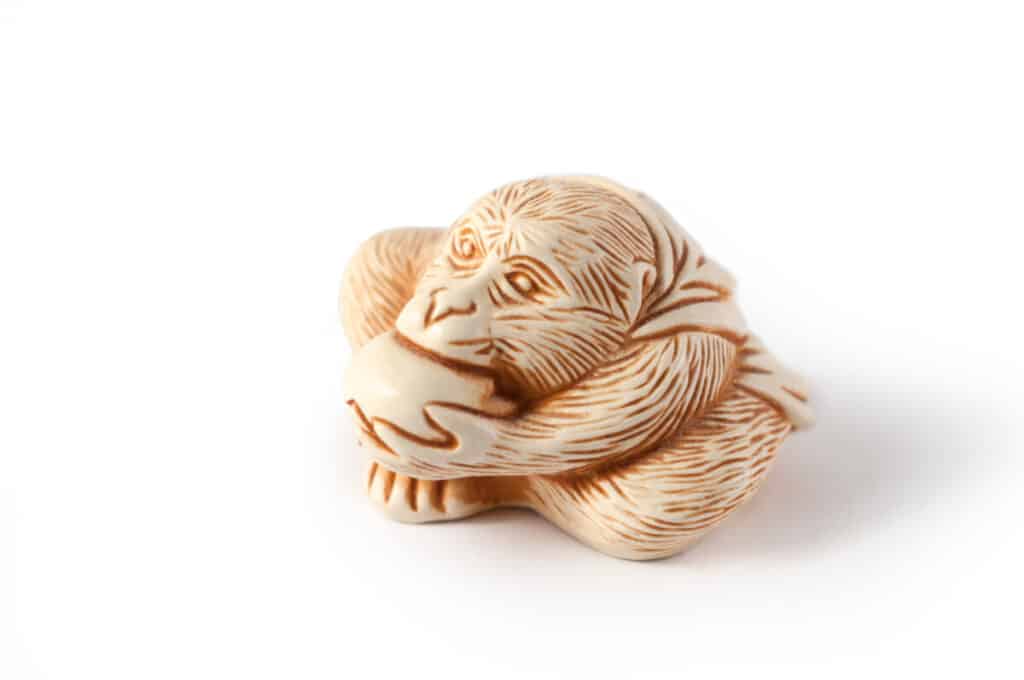
Karakuri-netsuke
Also known as puzzle netsuke. Karakuri is netsuke with moving parts and hidden surprises. This type of netsuke is efficient at disguising its real purpose.
It also has a unique way of entertaining the owner. The exterior design is less appealing than the intricate, interactable puzzles that these hidden compartment netsukes provide.
Exploration Of Netsuke Final Thoughts
The netsuke was initially designed to accommodate the kimono’s lack of pockets by holding a removable pocket for Japanese men. There are many types of netsuke, all of which vary in appearance, size, and meaning.
Many people feel drawn to the most common type of netsuke, the katabori. The katabori is the three-dimensional netsuke, which resembles common figures. Figures can include anything the sculptor wants to imagine, from a creative figure to a houseplant. The purpose for the viewer or buyer is to feel a deep connection with the art piece.
The many types of netsuke make them an exciting art piece for collectors. People no longer use netsuke pieces for their original purpose. However, they are still in demand worldwide by collectors interested in Japanese history and eye-catching art.

